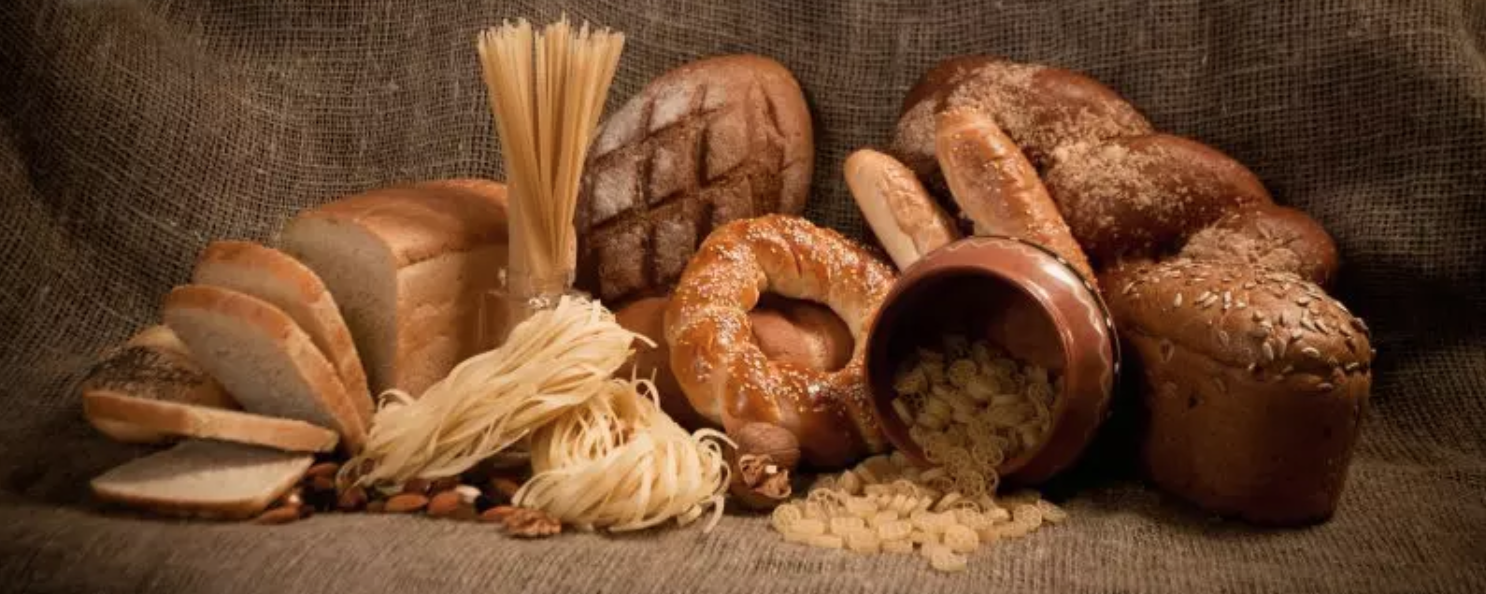◆ Gluten Free: For Health vs. Fad Diet.
By Shelley Balls
UW Extension, Nutrition
and Food Safety Educator
First off, let us talk about what gluten is. Gluten is made up of two proteins, glutenin and gliadin and these proteins give structure to food products. So why do some individuals need to avoid gluten? Individuals who have celiac disease need to avoid gluten because it triggers an autoimmune system response that damages the lining of the small intestine.
Over time this damage prevents the absorption of nutrients from food. Individuals can develop celiac disease as a child, or as an adult, and the reason for developing it is still unknown. If you think you may have celiac disease talk with your doctor first before avoiding certain foods.
It is said that one-percent of the world’s population has celiac disease, yet five-percent of the world has adopted a gluten-free diet. So why do individuals follow a gluten-free diet when they do not have celiac disease? Some state that it makes them feel better, while there could be others paying premium prices for their foods unnecessarily. One good thing that has come out of the gluten-free fad diet, is that there are more food options for individuals who are living with celiac disease.
Gluten containing foods include but are not limited to:
•Wheat (wheatberries, emmer, spelt, semolina, graham, einkorn, etc.)
•Rye
•Barley
•Malt
•Brewer’s yeast
•Wheat Starch
Left untreated, celiac disease can lead to additional serious health problems. The good news is you can still eat foods from the grains food group if you are going gluten free, because not all grains contain gluten. Here are a few grains in their pure form that do not contain gluten: rice, corn, quinoa, millet, soy, buckwheat, flax, chia, tapioca, gluten-free oats and others.
• Shopping for Gluten-Free Foods
When following a gluten-free diet, it is important to read labels carefully as even small crumbs of gluten can cause damage to the intestine for those living with celiac disease. When shopping, look for a gluten-free label on the food package. If a product claims to be gluten-free on the package, then it is most likely safe to eat as the Food and Drug Administration (FDA) only allows packaged foods with less than 20 parts per million (ppm) of gluten to be labeled “gluten-free.” However, you should still check the ingredients list. It is also important to remember that “wheat-free” does not necessarily mean “gluten-free.”
Another thing you can check is the list of allergens. Manufactures are required to provide labeling on food packages that identifies the eight major food allergens, which are milk, egg, fish, crustacean shellfish, tree nuts, wheat, peanuts, and soybeans. This list can be a quick way to rule something out if the package says: “contains wheat.” However, a lack of allergen labeling does not mean that the product is gluten-free. Barley and rye are not in the top eight allergens required to be listed, but they contain gluten. Be sure to check the ingredients list for other hidden sources of gluten. Check the ingredients list for wheat, barley, rye, malt, brewer’s yeast, and oats (unless specifically labeled gluten-free).
• Nutrient Intake
If you are following a gluten-free diet whether for celiac disease or other reasons, it is important to ensure you are consuming specific nutrients that are found in the grains group that you may be limiting such as complex carbohydrates, dietary fiber, B vitamins, and minerals. If you are newly diagnosed with celiac disease, you may be deficient in iron, vitamin B12, calcium, vitamin D, zinc, and copper. These nutrient deficiencies can lead to poor bone health and low energy levels. It is important that if you feel like you do have celiac disease, talk with your doctor first before eliminating foods out of your diet.
• Tuna and Olive Linguine
4 servings
Ingredients:
½ jar anchovies in olive oil, drained and chopped
1 can tuna in water, drained and flaked
1 tbsp. olive oil
½ small onion, finely diced
1 large tomato, chopped
¼ cup Kalamata olives, sliced
¼ cup sliced black olives
1 tbsp. capers, rinsed and chopped
¼ cup flat leaf parsley, finely chopped
1 cup chicken or vegetable stock
8 oz. gluten-free linguine, cooked according to package
Salt and pepper to taste
Instructions:
Heat a large sauté pan over medium high heat. Add anchovies, olive oil and onions. Sauté 3-4 minutes, or until onions are translucent.
Add cooked pasta and the remaining ingredients; mix well. Continue cooking pasta, stirring for 5-6 minutes or until heated through. If the pasta is too dry add more stock.
Enjoy!






